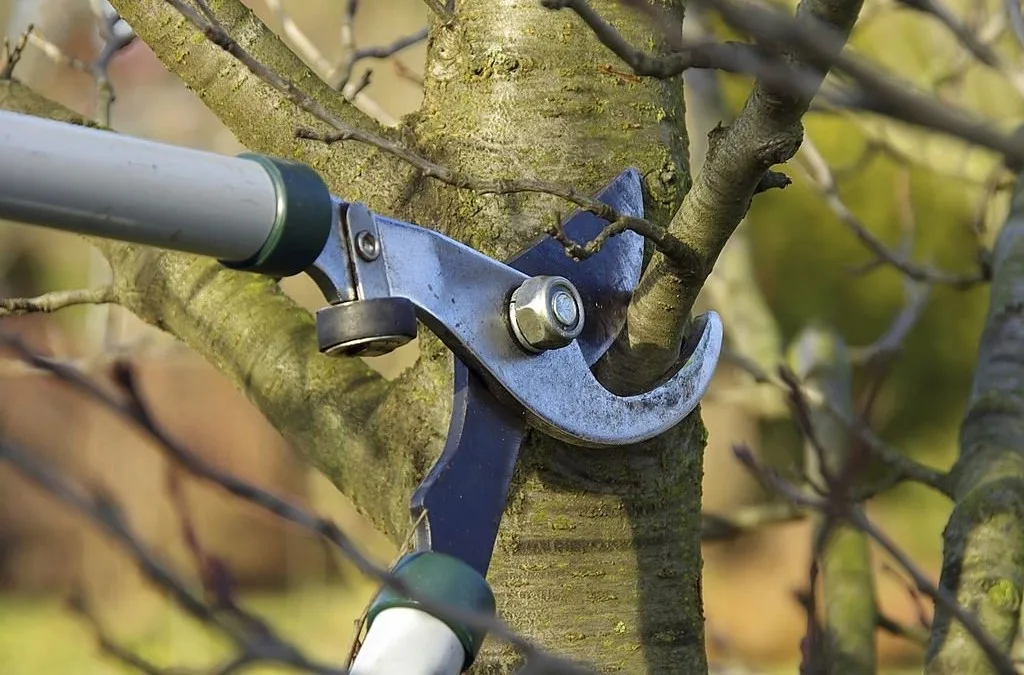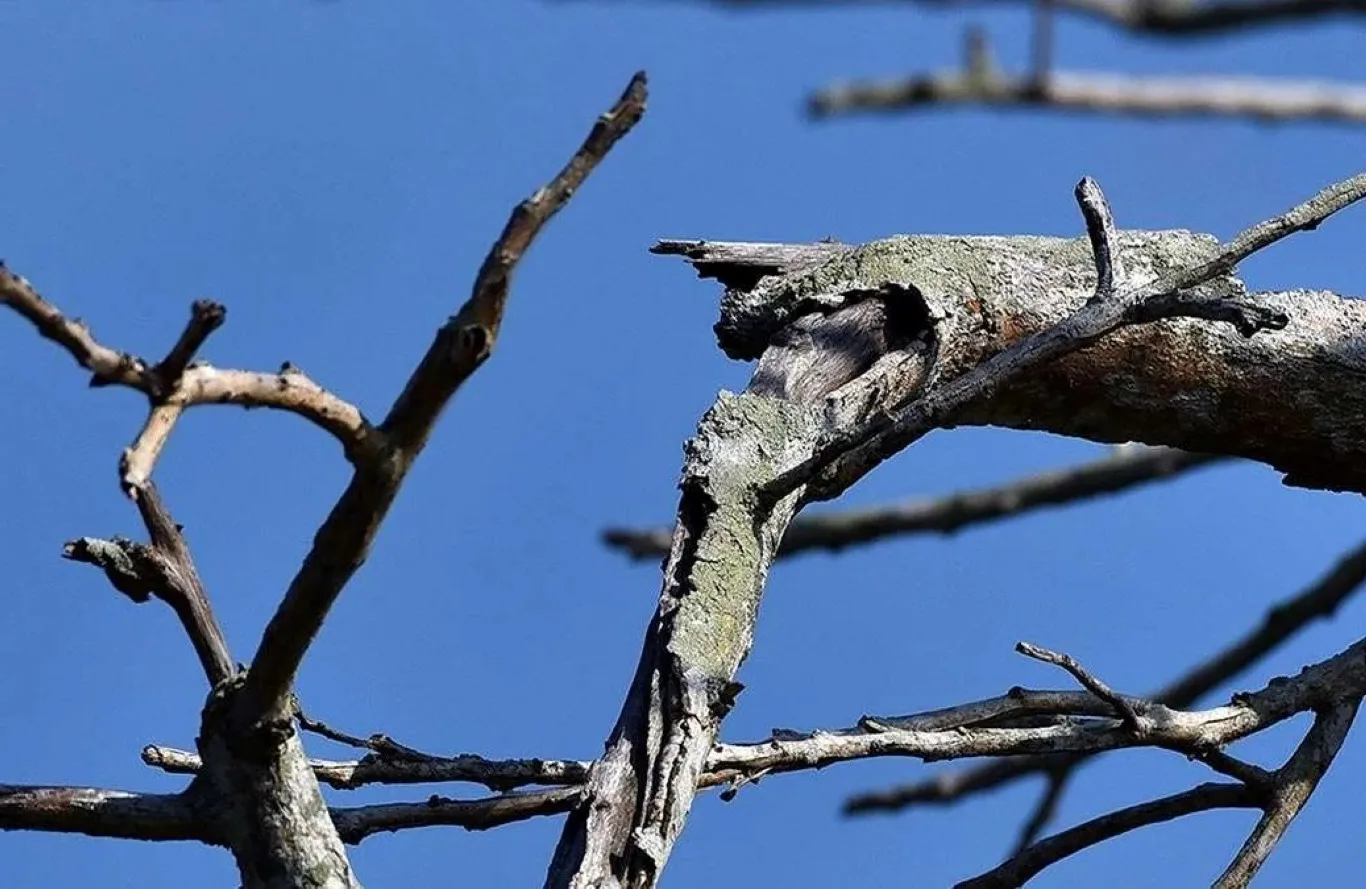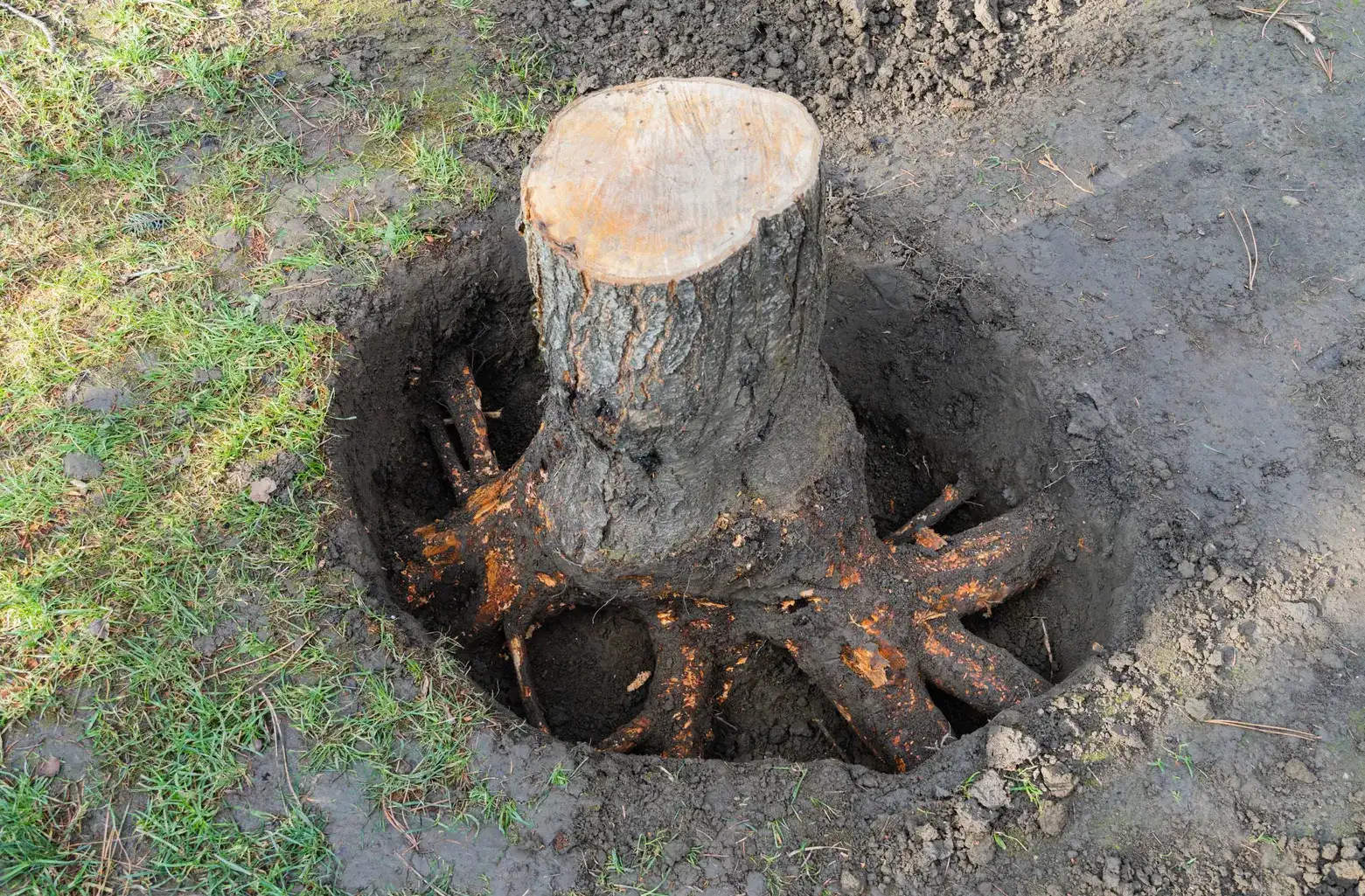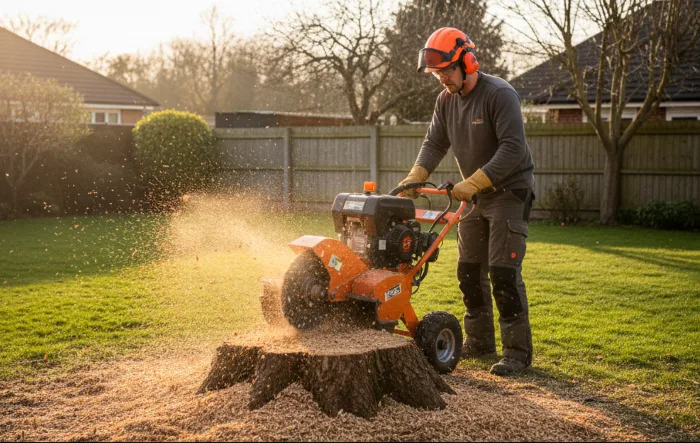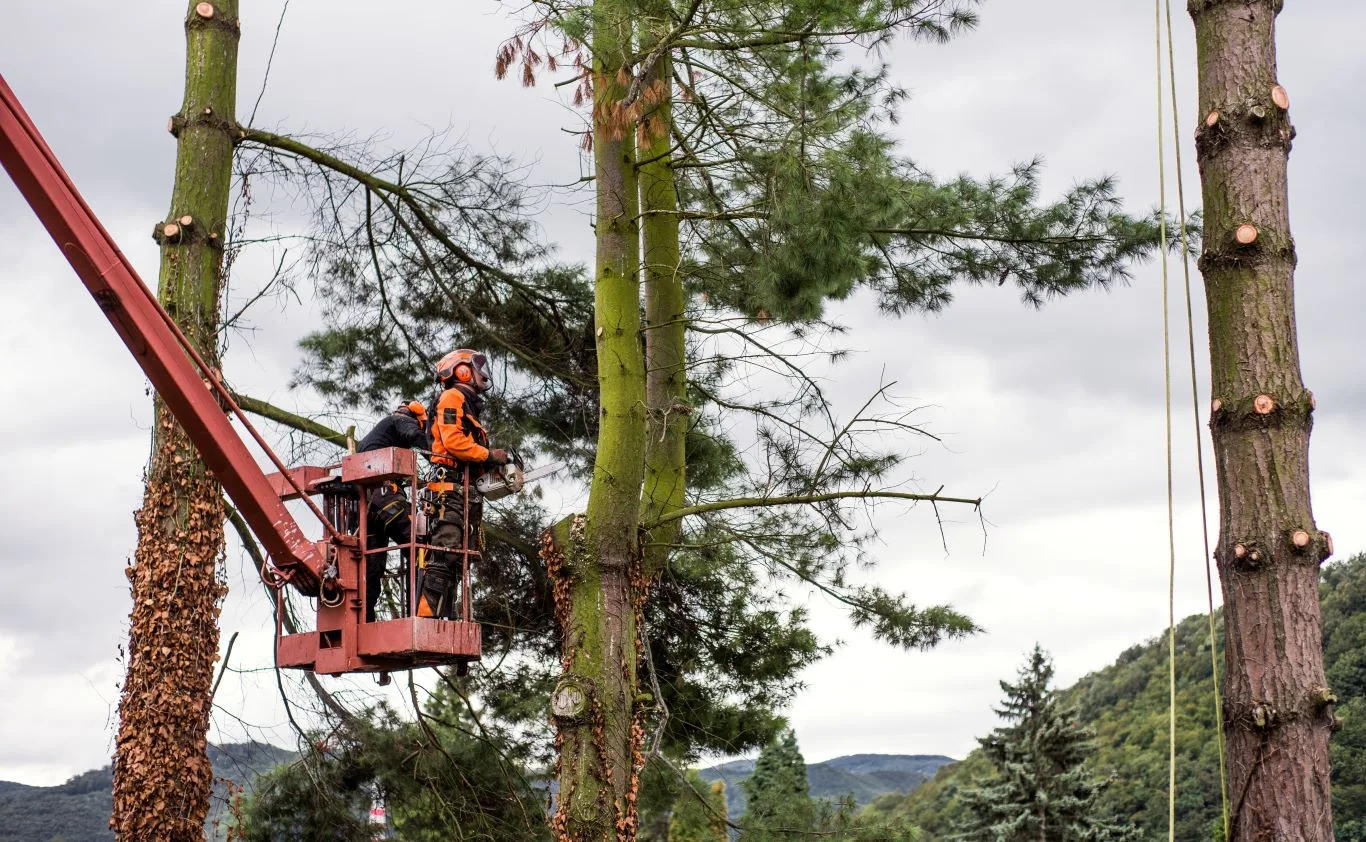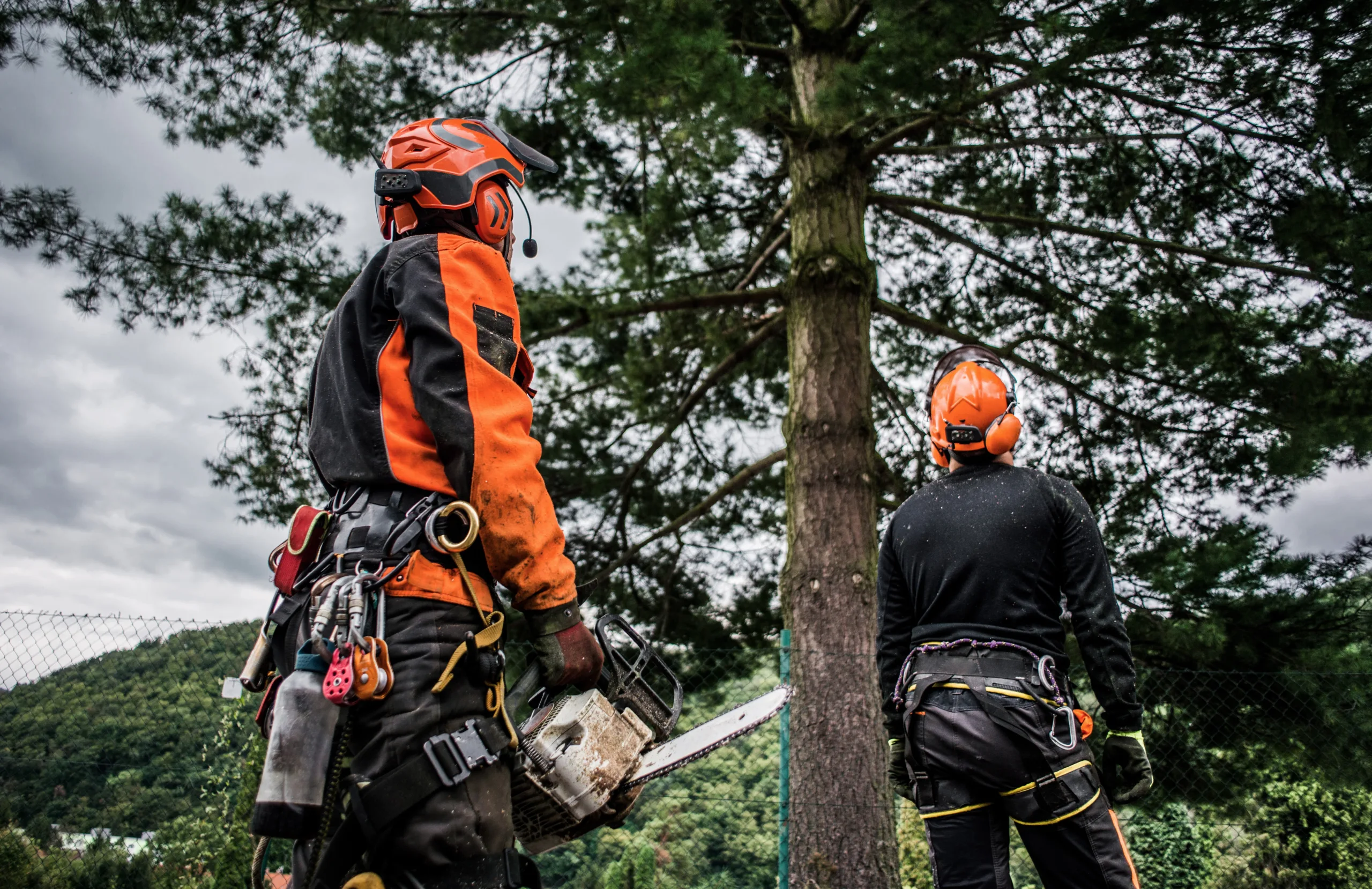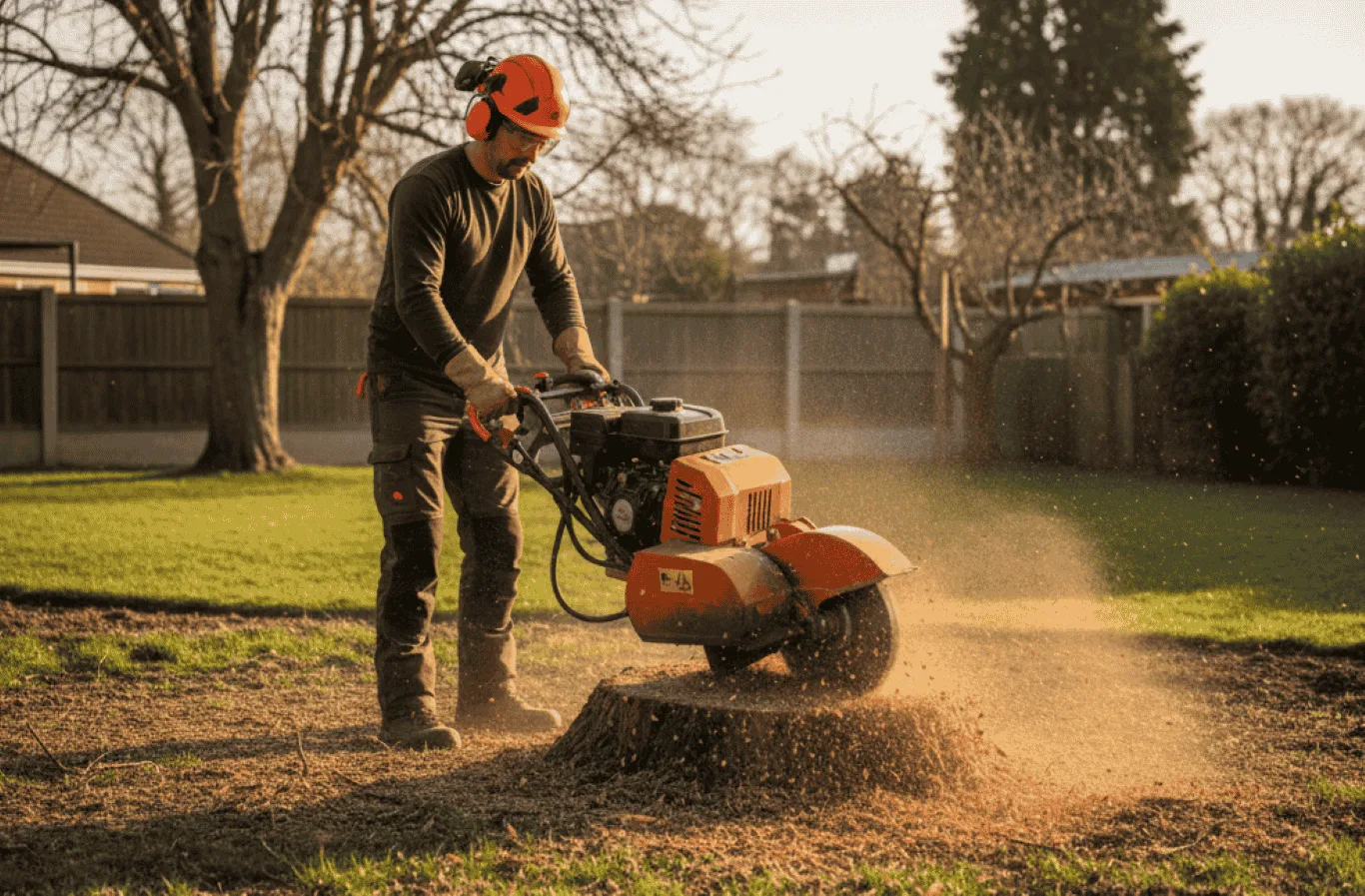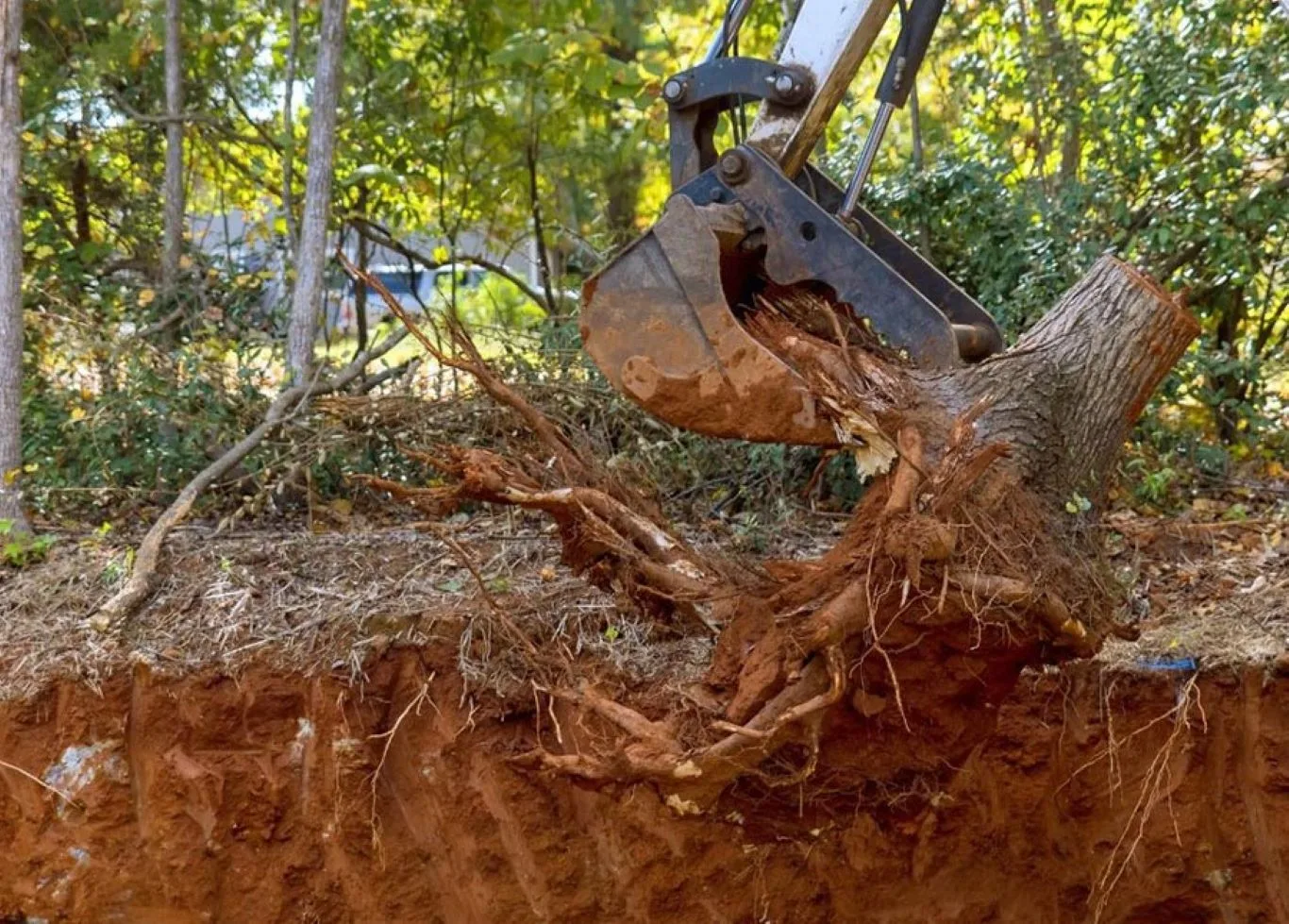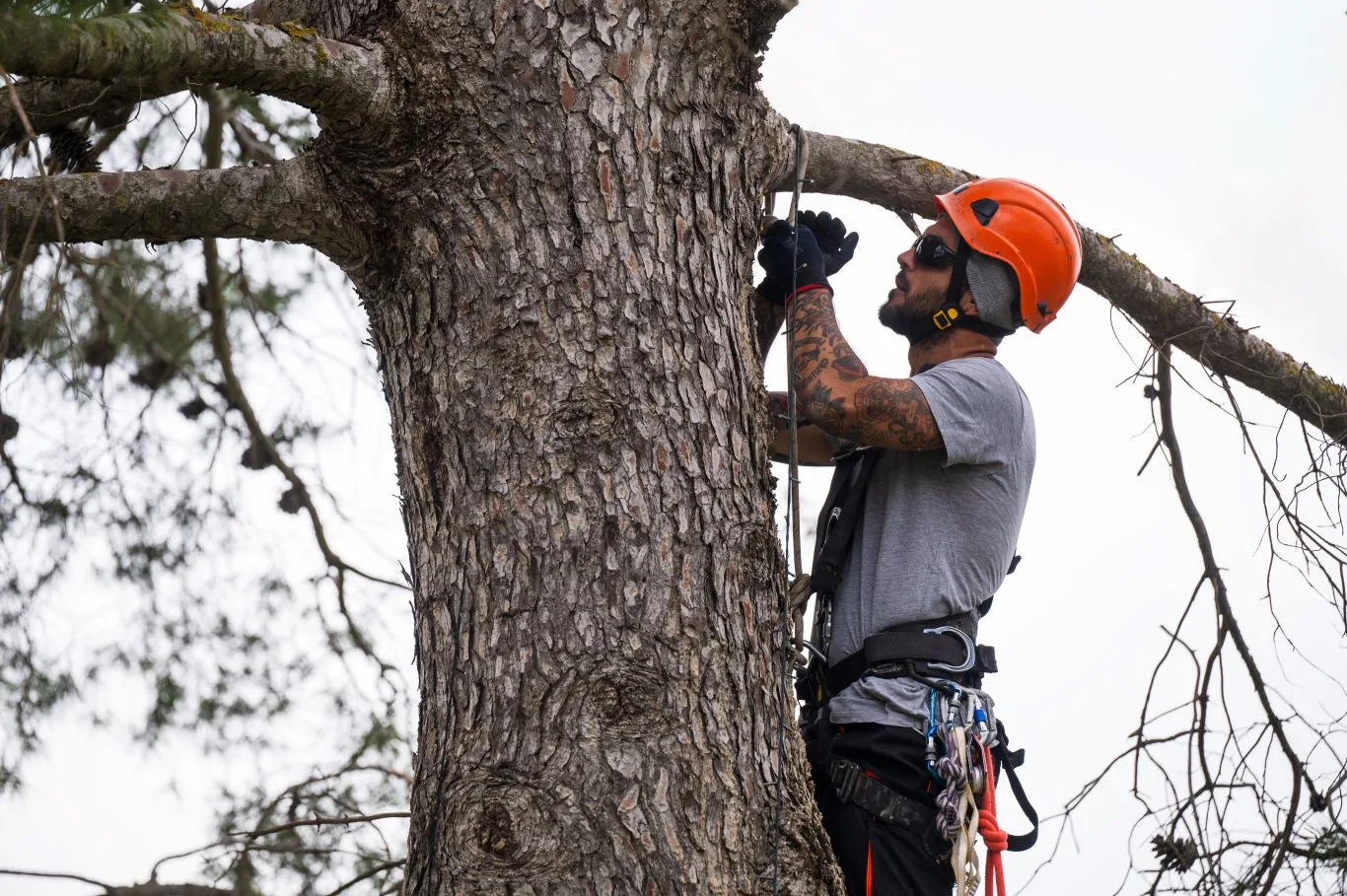Understanding the best time for tree pruning is one of the most important aspects of proper tree care. Whether you’re maintaining a mature oak, shaping a fruit tree, or tidying up an ornamental species, pruning at the wrong time can cause stress, slow growth, and even make the tree more vulnerable to pests and disease. Many homeowners across Essex rely on experienced professionals such as Chigwell Tree Services, known for offering reliable and affordable tree pruning services throughout the region. Their expertise ensures pruning is done at the right stage of the year, allowing homeowners to benefit from safe, long-lasting results.
Start a WhatsApp chat and grab your free quote today :
Pruning is not just about making trees look tidy. It’s a vital practice that keeps trees healthy, encourages balanced growth, reduces risk during storms, and improves the appearance and structure of your outdoor space. But the timing of pruning makes all the difference. Every season influences how a tree responds, and understanding these seasonal effects helps you make the right choices for your landscape.
Why Timing Matters When Pruning Trees
Trees go through different stages of growth, rest, and energy storage throughout the year. Pruning during the wrong phase may interrupt these natural cycles. On the other hand, pruning during the optimal period supports:
- Stronger regrowth
- Better healing
- Lower risk of infection
- Improved flowering and fruiting
- Safer branch structure
- Reduced storm damage
Without proper timing, even well-intended pruning can cause harm. For example, removing branches during peak sap flow may weaken the tree or attract insects. Similarly, pruning during active growth may divert energy away from essential functions.
Winter: The Most Common Season for Tree Pruning
For many species, winter (late November to early March) is widely considered the best season to prune trees. During this dormant phase, trees rest and conserve energy, making it easier for them to heal once spring arrives.
Benefits of Winter Pruning
✔ Clear visibility
With leaves gone, it’s easier to see the tree’s overall structure and identify weak, crossing, or diseased branches.
✔ Reduced stress on the tree
Because trees are dormant, pruning causes minimal disruption to growth and nutrient flow.
✔ Faster healing
Cuts made during winter begin to seal naturally as temperatures warm in early spring.
✔ Fewer pests
Bugs and fungi are far less active, so wounds are less vulnerable to infection.
Winter pruning is especially effective for structural pruning, crown thinning, and removing dead or damaged wood.
Spring Pruning: Proceed With Care
Spring brings new shoots, fresh leaves, and active growth. Some trees can be lightly pruned during this time, but heavy cuts are usually discouraged.
Benefits and Risks
- Light shaping and removal of small branches is usually fine.
- Heavy pruning in spring may weaken the tree as it uses substantial energy for new growth.
- Sap-heavy species (maples, birch, walnut) may “bleed” if cut too early in spring.
Therefore, spring pruning is best limited to minor tidying unless you’re following a specialist's instructions.
Summer Pruning: Ideal for Controlling Growth
For certain species, summer offers the best time of year to prune trees when you want to reduce size, manage growth, or address specific problems.
When Summer Pruning Works Well
- Managing overly vigorous branches
- Shaping ornamental trees
- Restricting growth near buildings
- Improving air circulation within the crown
Because trees are fully in leaf, pruning during summer slows regrowth—useful for trees that need ongoing size control.
However, extremely hot days should be avoided, as large cuts can expose the tree to sunscald and water stress.
Autumn Pruning: Not Usually Recommended
As leaves begin to fall and temperatures shift, trees prepare for dormancy. Autumn might seem like a good time for pruning, but it is generally discouraged.
Why Avoid Autumn Pruning?
- Trees heal more slowly as temperatures cool.
- Fungi and pathogens thrive in damp autumn weather.
- Cutting too late can leave trees vulnerable throughout winter.
Only remove dangerous, broken, or storm-damaged branches during autumn unless a professional advises otherwise.
When Is the Best Time for Pruning Shrubs?
Shrubs follow similar seasonal rules to trees, but flowering shrubs require extra care. For example, species that bloom in spring should be pruned after flowering, while summer-flowering shrubs benefit from late winter or early spring pruning. This makes early spring the best time for pruning shrubs in many gardens.
Whether shaping hedges, rejuvenating woody shrubs, or maintaining ornamental borders, seasonal timing ensures flowering and growth remain consistent year after year.
Understanding the Best Time to Cut Back Trees
Homeowners often want to know the best time to cut back trees, especially when branches grow too close to roofs, fences, or powerlines. In most cases, cutting back is best done during winter, although some species tolerate summer reductions well.
Trees that grow near boundaries or overhang properties may need selective crown reduction, crown lifting, or thinning—tasks that are far safer and more efficient when carried out by a qualified tree surgeon.
Professional Pruning vs DIY: Why Expertise Matters
While trimming a small shrub isn’t difficult, pruning a full-sized tree safely requires skill, equipment, and knowledge. Poor pruning can cause serious harm, including:
- Weak branch unions
- Uneven growth
- Disease entry
- Long-term structural issues
- Increased storm damage
Professional arborists understand correct cutting techniques, how each tree species responds, and what time of year offers the best outcome.
Why Many Essex Residents Choose Chigwell Tree Services
Known across Essex and surrounding areas, Chigwell Tree Services provides dependable, affordable tree pruning services tailored to the needs of both domestic and commercial clients. Their team offers seasonal advice, structural pruning, crown shaping, deadwood removal, and safe reductions using industry-approved methods.
Chigwell Tree Services supports customers across a large part of Essex and London, offering their expertise throughout Chigwell, West Essex, North London, East London and North East London. They also work in surrounding towns including Ilford, Abridge, Aldersbrook, Woodford, Buckhurst Hill, Chingford, Epping, Brentwood, Leyton, Leytonstone, Loughton, Ongar, Romford, Seven Kings, Stratford, Theydon Bois, Wanstead and the Barking & Dagenham region. Their wide coverage makes them an accessible and reliable choice for homeowners seeking professional tree care.
With their blend of experience, safety standards and fair pricing, they remain a top recommendation for seasonal pruning.
Signs Your Trees Need Pruning Soon
Look for these common indicators:
- Overhanging or heavy branches
- Dense foliage blocking sunlight
- Dead, diseased or broken branches
- Crossing or rubbing limbs
- Tree touching roofs or gutters
- Reduced flowering or fruiting
- Unbalanced growth
- Visible decay or fungal growth
Regular seasonal inspections help identify issues early.
How Seasonal Pruning Improves Tree Health
Pruning is not only about removing unwanted branches. It actively improves the long-term vitality of the tree:
✔ Better airflow
Reduces pests and fungal infections.
✔ More sunlight
Improves ground growth and garden health.
✔ Stronger structure
Reduces risk of limb failure.
✔ Enhanced appearance
Creates a balanced, aesthetically pleasing shape.
✔ Increased safety
Prevents limbs from falling during storms or high winds.
Conclusion
Choosing the best time for tree pruning is crucial for maintaining strong, healthy, and well-shaped trees. Winter is ideal for structural improvements, summer works well for controlling growth, and spring allows light shaping—while autumn is generally best avoided. Understanding how each season affects your trees makes your pruning schedule more effective and the results more lasting.
For homeowners who prefer expert help, especially across Essex, Chigwell Tree Services offers professional, dependable, and affordable pruning services to keep your outdoor space safe and vibrant. If you ever find yourself searching for affordable tree pruning services near me, selecting a reputable, experienced team ensures your trees receive the right care at the right time.

